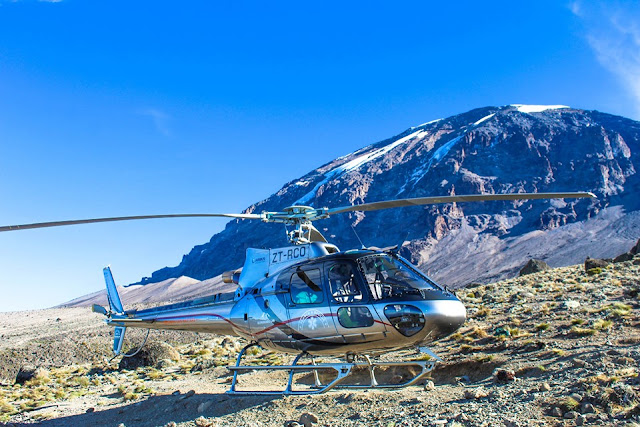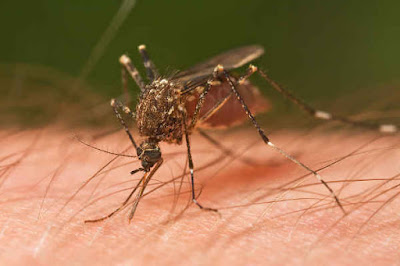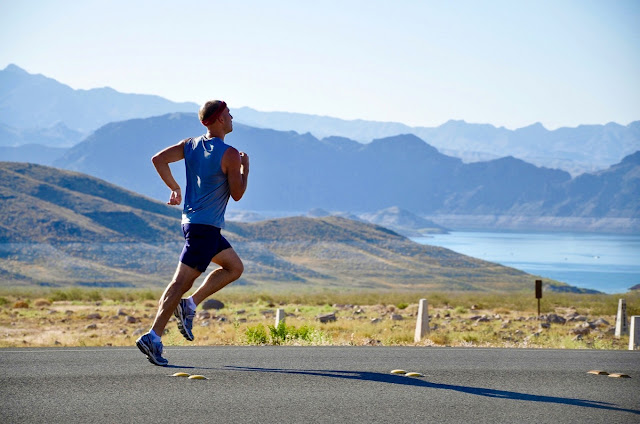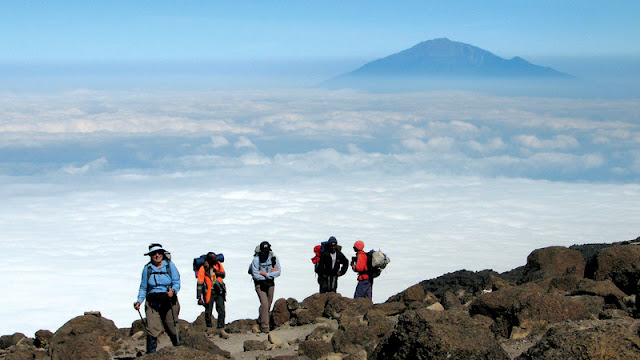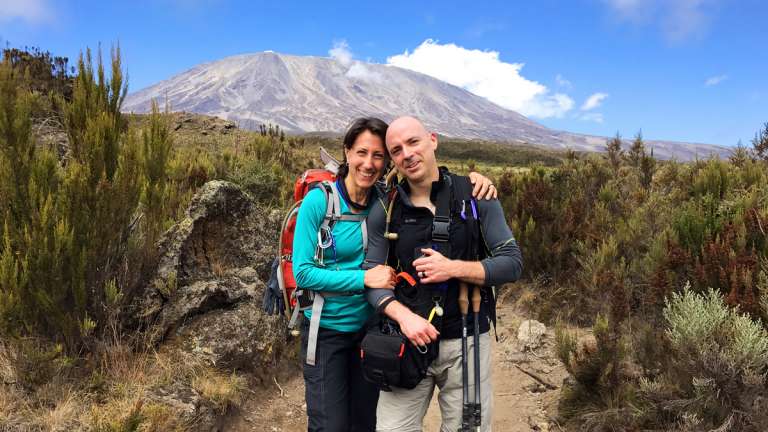TREK MOUNT MERU

MOUNT MERU Mt. Meru is one of Africa's highest and most beautiful volcanoes, standing at 4566 m. It is located within Arusha National Park. The route to the summit passes through parkland, montane forest, a giant heather zone and moorland. Finally, the summit is reached by a narrow, barren ridge which provides stunning views of the Ash Cone lying several thousand feet below in the crater and Mt. Kilimanjaro in the background. Because the mountain lies within a National Park, it is common to encounter some of the area's birds, rhinos, elephants, buffaloes, giraffes, warthogs, and black and white Colobus monkeys on the first day of your journey to the summit. For this reason, you will climb with a Park Ranger who takes your safety very seriously. Many will say that Mt. Meru is not a difficult climb compared with Mt. Kilimanjaro, because of its lower elevation, shorter distance, and comfortable sleeping arrangements, but this is not a mountain to be taken lightly. The ...
